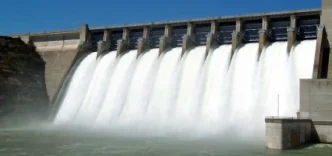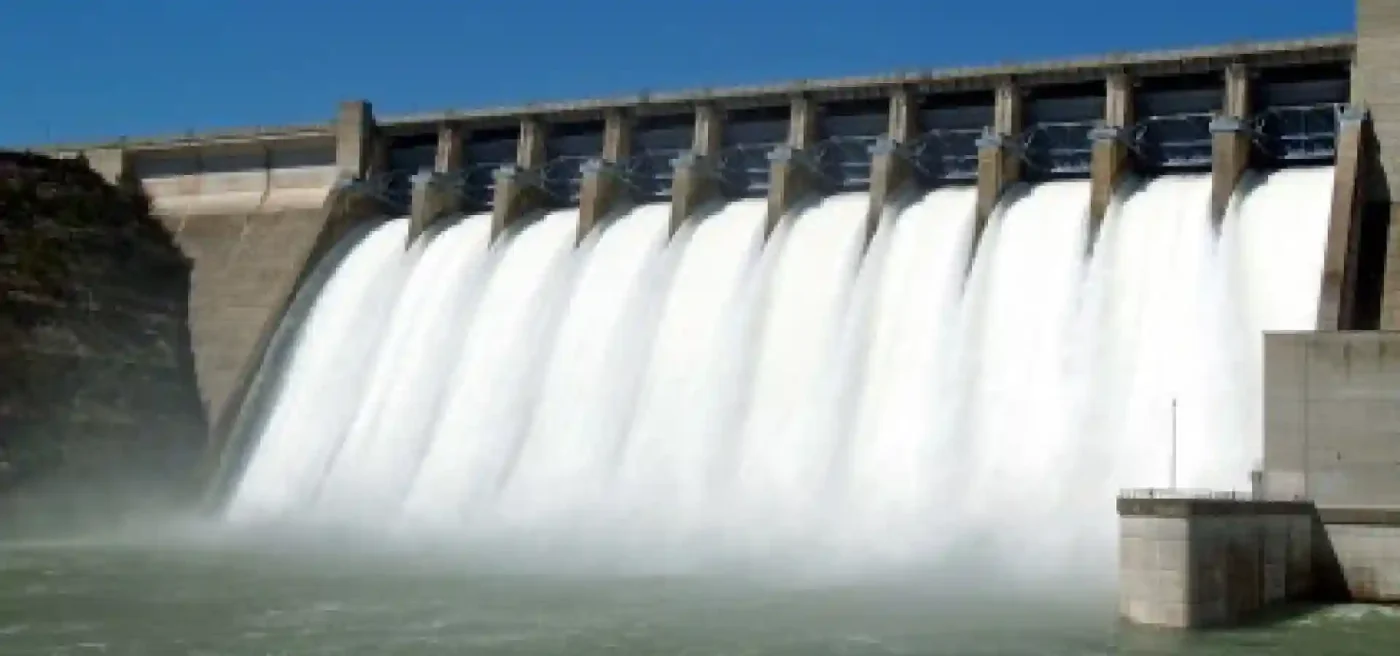In a significant step toward enhancing infrastructure resilience, the governments of Laos and Switzerland have reaffirmed their commitment to improving dam safety across Laos through the Dam Safety Technical and Institutional Assistance project. At a steering committee meeting held in Vientiane on May 9, 2025, key stakeholders endorsed the 2025 work plan, marking a continued effort to bolster safety standards and protect communities reliant on hydropower.
A Shared Vision for Safety
The second steering committee meeting of the project, co-chaired by Mr. Bouathep Malaykham, Director General of the Department of Energy Industry Safety Management (DESM) under Laos’ Ministry of Energy and Mines, and Mr. Björn Schranz, Head of the Climate Change & Natural Resource Management Programme at the Swiss Agency for Development and Cooperation (SDC) in the Mekong region, underscored a mutual dedication to sustainable development. The project, implemented by Helvetas with Swiss government support, partners with local institutions like DESM, the National University of Laos, the Lao Association on Dams, and EDL-Gen to build technical and institutional capacity for dam safety.
Mr. Bouathep emphasized the critical role of this collaboration in strengthening capabilities within his ministry and partner organizations. He expressed gratitude for Switzerland’s ongoing support, highlighting tangible progress made through the partnership. Meanwhile, Mr. Schranz reaffirmed Switzerland’s commitment, stating, “The Dam Safety Technical and Institutional Assistance project reflects a shared dedication to sustainable infrastructure, improved risk governance, and community safety.” He also stressed the importance of Lao ownership to ensure the project’s long-term impact.
Key Achievements and Future Plans
During the meeting, the steering committee reviewed major milestones achieved in 2024 and officially endorsed the 2025 work plan, which aligns with national and international best practices for dam safety. A notable highlight was the launch of Laos’ first dam engineering course on February 13, 2025, developed in collaboration with the National University of Laos and Switzerland’s École Polytechnique Fédérale de Lausanne (EPFL). This initiative represents a significant step toward building local expertise and fostering resilience through education.
The committee also adopted several recommendations to enhance project implementation. These include strengthening cross-sectoral coordination, expanding capacity-building efforts to provincial and sectoral agencies, and promoting data transparency through improved information-sharing mechanisms. An upcoming Mid-Term Review by an independent third party was noted as a key opportunity to refine the project’s strategic direction and ensure alignment with Laos’ broader development priorities.
The Stakes of Dam Safety in Laos
Laos, often referred to as the “Battery of Southeast Asia” due to its extensive hydropower network, relies heavily on dams to drive economic growth and export electricity to neighboring countries like Thailand and Vietnam. However, this dependence comes with significant risks. Dam failures or poor operational management can have catastrophic consequences for communities and ecosystems downstream. The 2018 collapse of the Xe-Pian Xe-Namnoy dam in southern Laos, which displaced thousands and caused widespread devastation, remains a stark reminder of the urgent need for robust safety standards.
The Dam Safety Technical and Institutional Assistance project, financed by the SDC, aims to mitigate such risks by improving safety protocols across public institutions and academic sectors. It is estimated to benefit approximately 1.5 million people by reducing the likelihood of dam-related disasters. Swiss experts contribute through technical assistance, knowledge exchange, and support for regulatory development, while local partners drive the adoption of these practices to ensure sustainability.
Balancing Development and Risk
Hydropower accounts for a substantial portion of Laos’ GDP and is a cornerstone of its ambition to graduate from Least Developed Country status by 2026. Yet, the rapid expansion of dam projects, often backed by foreign investment, has raised concerns about environmental degradation, displacement of communities, and inadequate safety measures. The Mekong River, which supports millions of livelihoods across the region, is particularly vulnerable to the cumulative impacts of these developments.
The Laos-Switzerland partnership seeks to address these challenges by prioritizing risk governance alongside infrastructure growth. By fostering legislative reform and institutional strengthening, the project aims to create a framework that safeguards both human lives and the natural environment. Mr. Bouathep underscored this dual focus at the meeting, stressing the need to protect the communities and ecosystems that depend on hydropower.
Mr. Schranz echoed this sentiment, emphasizing shared responsibility and co-creation as essential to maximizing the project’s impact. “Our collaboration is built on mutual respect and technical excellence” he said, highlighting the importance of a long-term vision for development that prioritizes safety over short-term gains.
Local Ownership and Capacity Building
One of the project’s core principles is ensuring that Lao stakeholders lead the charge in implementing safety measures. While Swiss expertise provides valuable technical support, the emphasis on local ownership is designed to build lasting resilience. The dam engineering course at the National University of Laos exemplifies this approach, equipping the next generation of Lao engineers with the skills needed to manage and maintain critical infrastructure.
Expanding capacity-building efforts to provincial levels is another priority for 2025. Many of Laos’ dams are located in remote areas, where local authorities often lack the resources or training to enforce safety standards. By extending training and support to these regions, the project aims to create a more comprehensive safety network that leaves no community behind.
Regional Implications
The implications of improved dam safety in Laos extend beyond its borders. As a key player in the Mekong region’s hydropower landscape, Laos’ policies and practices influence downstream countries like Cambodia, Thailand, and Vietnam. A safer, more transparent dam management system could set a precedent for regional cooperation on shared water resources, potentially easing tensions over Mekong development projects.
Switzerland’s involvement also signals the growing role of international partnerships in addressing complex regional challenges. By leveraging Swiss expertise in engineering and sustainable development, Laos gains access to global best practices while tailoring solutions to its unique context. If successful, this model of collaboration could inspire similar initiatives elsewhere in Southeast Asia, where infrastructure development often outpaces safety regulations.
Challenges Ahead
Despite the progress made, significant challenges remain. Coordinating across sectors and levels of government in Laos can be complex, particularly given the country’s decentralized administrative structure. Ensuring that safety protocols are not only adopted but consistently enforced will require sustained political will and resources. Additionally, the upcoming Mid-Term Review will likely highlight areas for improvement, offering a chance to address gaps in implementation.
Transparency is another critical issue. While the steering committee emphasized data-sharing mechanisms, public access to information about dam safety remains limited in Laos. Greater openness could build trust with communities and civil society groups, many of whom remain skeptical of large-scale hydropower projects after past disasters.
A Path Forward
As Laos and Switzerland move forward with their 2025 work plan, the Dam Safety Technical and Institutional Assistance project stands as a testament to the power of international collaboration in tackling pressing development challenges. By combining technical expertise with a commitment to local empowerment, the partnership offers a blueprint for balancing economic growth with human and environmental security.
Yet, the true test lies in the years ahead. With hydropower continuing to play a central role in Laos’ economy, the stakes for dam safety could not be higher. As reforms and training initiatives unfold, the question remains: can this collaboration deliver the resilience needed to protect millions while supporting the nation’s ambitions?
















